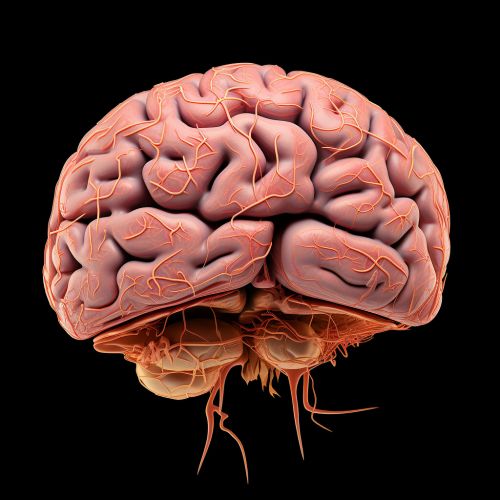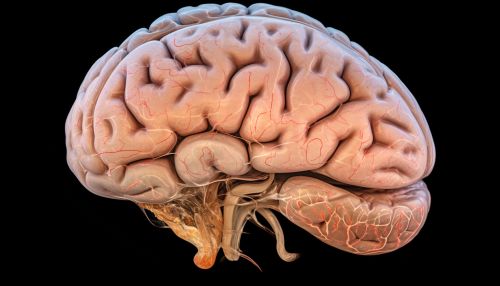Temporal Lobe
Anatomy
The temporal lobe is one of the four major lobes of the cerebral cortex in the brain of mammals. It is located beneath the lateral fissure on both cerebral hemispheres of the mammalian brain.


The temporal lobe is involved in processing sensory input into derived meanings for the appropriate retention of visual memory, language comprehension, and emotion association.
Structure
The temporal lobe is divided into several gyri or convolutions by shallow sulci or furrows. These include the superior temporal gyrus, the middle temporal gyrus, and the inferior temporal gyrus.
The superior temporal gyrus contains the primary auditory cortex, which is responsible for the processing of sounds. Specific sound frequencies are processed in specific regions of this gyrus.
The middle and inferior temporal gyri process semantic objects and faces respectively.
The medial temporal lobe is the location of the hippocampus and associated structures, which are involved in memory formation.
Function
The temporal lobe is involved in several functions of the body including auditory perception, memory, and speech.
Auditory Perception
The primary auditory cortex located in the superior temporal gyrus is responsible for the processing of auditory information.
Memory
The medial temporal lobe structures are involved in declarative and episodic memory. The hippocampus, for example, is involved in the formation of new memories associated with learned knowledge and experiences.
Speech
The temporal lobe also plays a key role in the processing of semantics in both speech and vision. The Wernicke's area, located in the superior temporal gyrus, is responsible for the comprehension of speech.
Clinical Significance
Damage to the temporal lobe can result in a variety of disorders and syndromes. These include auditory agnosia, Wernicke's aphasia, and amnesic syndrome.
Auditory Agnosia
Auditory agnosia is a condition characterized by an inability to recognize or differentiate between sounds. It is caused by damage to the primary auditory cortex in the superior temporal gyrus.
Wernicke's Aphasia
Wernicke's aphasia is a condition characterized by issues with language comprehension. While individuals with this condition can produce speech, they have difficulty understanding spoken or written language. This condition is caused by damage to the Wernicke's area in the superior temporal gyrus.
Amnesic Syndrome
Amnesic syndrome is a condition characterized by severe memory loss. It is caused by damage to the medial temporal lobe structures, including the hippocampus.
